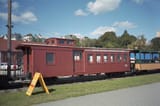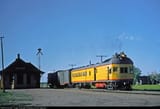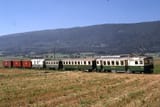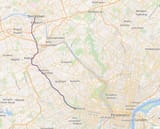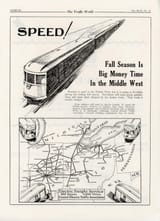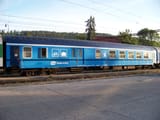Anonymous
5/25/2025, 8:33:14 AM No.2041354
Why weren't these a thing more often in the heyday of railroads?
>gives freight trains an additional source of income
>passengers can presumably pay for tickets less since freight trains usually run on slower schedules
>allows for mixed trains without the need to pull a coach from regular passenger service
>can be coupled to the back of a regular passenger train during periods of high demand, the crew will enjoy the added privacy too
>lonely freight train crews will enjoy the additional company
>can be outfitted as extra crew accommodation when not in revenue service
>gives freight trains an additional source of income
>passengers can presumably pay for tickets less since freight trains usually run on slower schedules
>allows for mixed trains without the need to pull a coach from regular passenger service
>can be coupled to the back of a regular passenger train during periods of high demand, the crew will enjoy the added privacy too
>lonely freight train crews will enjoy the additional company
>can be outfitted as extra crew accommodation when not in revenue service
Replies:
